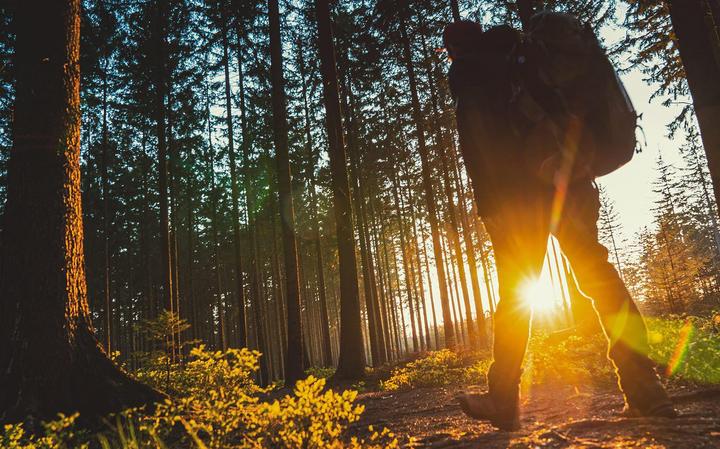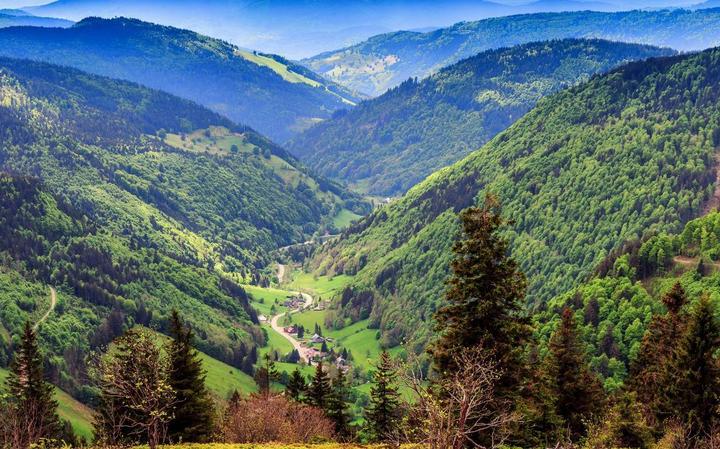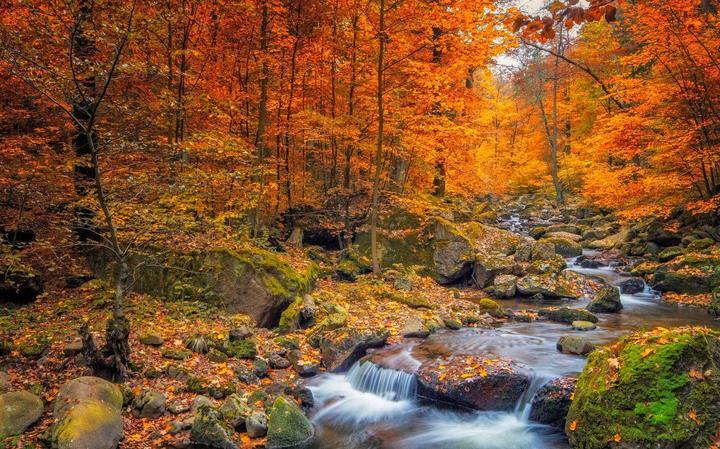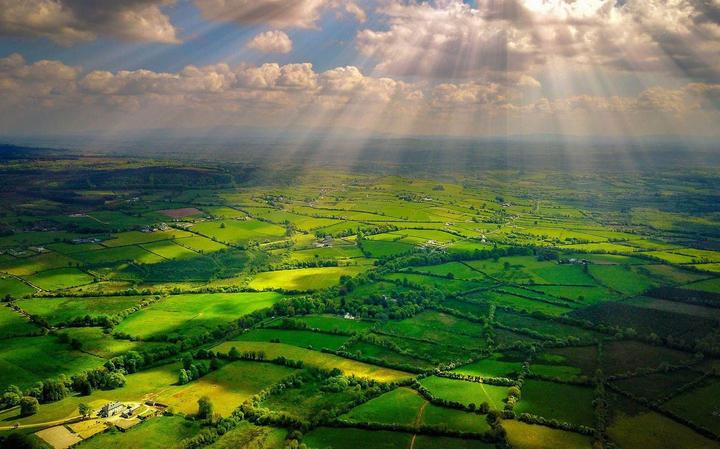Waldeinsamkeit - Germany’s cherished forest tradition

Loosely translated as “solitude of the forest”, waldeinsamkeit is seeing a renaissance in Germany.
Everybody is at it in Germany. They’re doing it in the trees in the Black Forest. Out in the magical Harz Mountains. In the national parks of Bavaria when silhouetted in the moonlight. And in the city centre woodlands of Berlin and Munich. Sometimes when completely nude, too.
This isn’t a story about the sex lives of Germans or any other nationality, though. Instead, it’s an exploration of the country’s little-known love affair with something else entirely: waldeinsamkeit, an archaic German term for the feeling of “forest loneliness”.
Germans have a wonderfully evocative dictionary of words with no direct English equivalent, with several descriptive if melancholic expressions all finding a home in conversation. There is wanderlust (a desire to travel), for instance. Or heimat (an emotional tie to a homeland). Another is fernweh (a longing for far-off places).
Germans have a wonderfully evocative dictionary of words with no direct English equivalent
Type waldeinsamkeit into Google Translate, however, and the immediate result – “solitude of the forest” – does little to spell out its true meaning: the enlightened, sublime feeling that can come from being alone in the woods. It is a quintessentially untranslatable German word, and yet owing to the Covid-19 pandemic and ongoing national and local lockdowns (of which Germany and its regions have had several), the spirit of waldeinsamkeit as a philosophy is increasingly alive.
With more free time, more flexibility and more pressure at home, but also fewer alternative pastimes, Germans have sought calm, fresh air and hermit-like solitude in greater numbers than before. There is a palpable yearning – a feeling of a life being half-lived – and it has not gone unnoticed that the country’s restriction-free spruce, conifer, beech, oak and birch forests are busier than ever.
https://twitter.com/Murat78713/status/1370627519251152896?s=20Research published last summer by the European Forest Institute in Bonn found that visits to a monitored tract of forestry in North Rhine-Westphalia during the first and second lockdowns experienced an unprecedented explosion of visitors, with forest recreation doubling. The authors concluded that the coronavirus-induced boom revealed that Germans are once again embracing forest solitude and that forests remain a critical infrastructure for national public health and societies at large.
“In our recent study, visitors said finding tranquillity was by far the number one motivation to go to the forest,” European Forest Institute researcher Jeanne-Lazya Roux told me. “Another new study we are working on shows there is a renaissance in valuing forests for their spiritual attributes, or re-spiritualisation of the forest, as we call it.”
For a first timer like me, there was no better introduction to the enduring ideology of waldeinsamkeit than a visit to the Black Forest. At 6,000sq km, the all-encompassing woodland in Baden-Württemberg is almost half the size of Northern Ireland, its vast tracts of birch and beech riddled with folk tales and cuckoo clock-making legends.
Von Scheffel’s experience mirrors that of another, far better-known literary figure. Popular American essayist Ralph Waldo Emerson was deeply engaged with German culture, writing his own ode to forest loneliness in 1858, in which he wrote couplets like, “The forest is my loyal friend, Like God it useth me.” The poem’s title? Waldeinsamkeit, of course.
“Waldeinsamkeit is a visible strain throughout German culture and history and the term might have fallen out of favour, but it continues to convey a very romantic notion of the country,” said Austen Hinkley, a doctoral candidate at Princeton’s Department of Comparative Literature. “The claim the term is untranslatable and indescribable to non-Germans is also important. It can only really be explained by first-hand experience – total immersion in the German landscape.”




